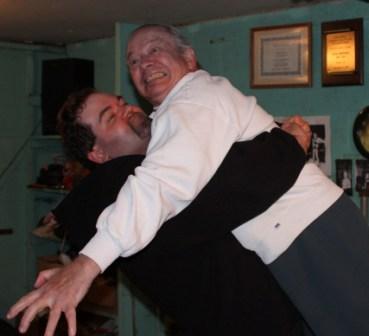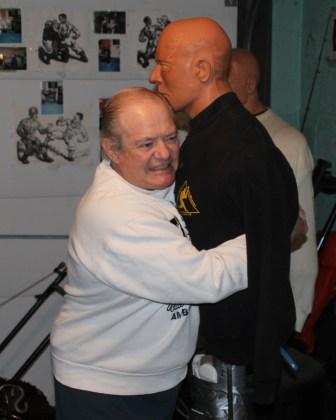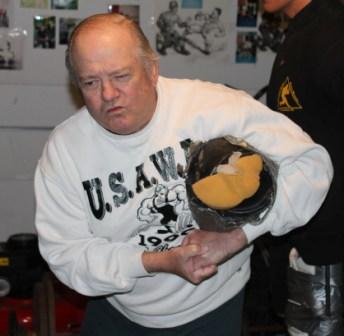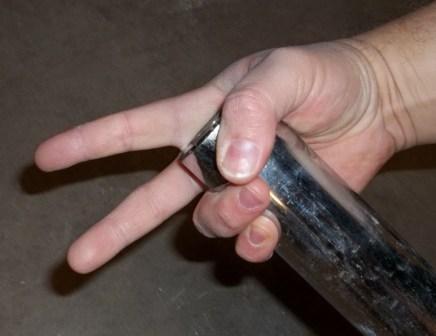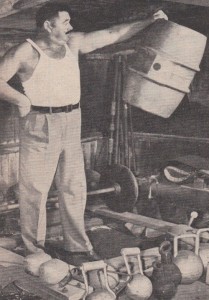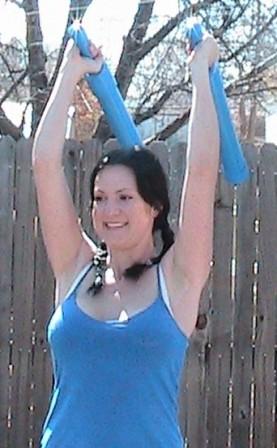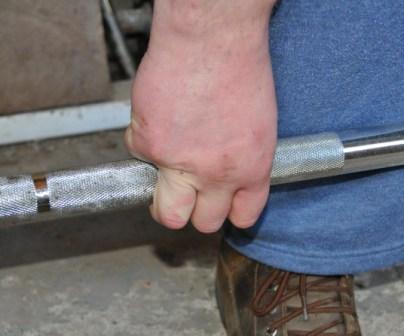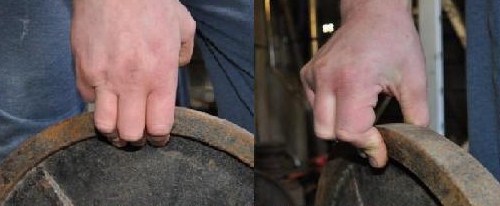All-ROUND Grip Strength
by John McKean
My neighbor once shouldered a 604 pound wrestler and body-slammed him. A gym full of iron game devotees also witnessed him doing a strict bench press of 330 pounds for 38 consecutive reps – no wraps, no suit, no drugs! Except for a busy work schedule, my old buddy would have challenged Paul Anderson for a berth on the ’56 Olympic weightlifting team. Art Montini knew him as a fellow “Odd-lift” competitor (curl, bench press, press-behind-neck, squat, deadlift – like a version of All-Rounds, before official powerlifting!). You may know him as Bruno Sammartino! Yes, THAT Bruno – pro wrestling’s “Living Legend,” the athlete responsible for selling more tickets than any wrestler in history!
Before breaking in to the pro ranks, Bruno set all Pittsburgh heavyweight lifting records and even won a physique contest or two. During very intense workouts, however, his most unusual exercise, always thinking toward wrestling, was to grip a long, heavy boxing bag and squeeze for all he was worth. We would call this a “bear hug,” and the young lion eventually acquired the power to EXPLODE these rugged combinations of thick canvas and sand! In his first crack at the heavyweight wrestling title (in what was later revealed to be much more of a serious grudge match than “entertainment”), Bruno applied his very brutal gripping hold onto longtime champion Buddy Rogers, acquiring a submission within 47 seconds of the match!
Naturally, we young teens were anxious to emulate our hero’s training procedures. I found the heavy bag squeeze to be superb grip strength training, not only pumping the forearms, but also going full circle to yield arm, delt, and pec strength. Heck, the hips, legs, and back were intensely involved too – truly an all-round gripping exercise!! Since the material always “gave” a bit when hugged with intent, what started as an “isometric exercise” of sorts ended up more as a short range type movement, as in subsequent power rack lifts.
The old sand bags are still around, but few of our weightlifting gyms have them. I suppose you could sneak up and try this on a lifting partner – though I did this once with Art, and he BIT me (of course, I found out the hard way that Art was actually an undefeated collegiant wrestler in his early years!). These days, however, there are lifelike mannequins that provide a realistic type body gripping (see photos) and supply a rugged “moving isometric” form of work. Or you could build a bag – fill it with stones, sand, or straw.
One old time wrestler, Ed “Strangler” Lewis, a generation before Bruno, built himself a special skull sized bag to religiously train his deadly headlock. It was said no other wrestler, back in the 1920s when the professional sport was entirely legitimate, could ever defeat him. In fact, his crushing arm grip was so intense that even willing sparring partners were hard for ole Ed to come by! I can personally attest to the gripping STAMINA that a headlock squeeze will yield; if one holds on, giving his all, for a minute or more to a small bag, then the forearms and biceps feel swollen to Mr. Universe proportions!
WE in the USAWA pride ourselves on lifts that work the total body! Throw away those wimpy little hand grippers or soft tennis balls, and grab onto something that’ll cause all-round crunching effort!
